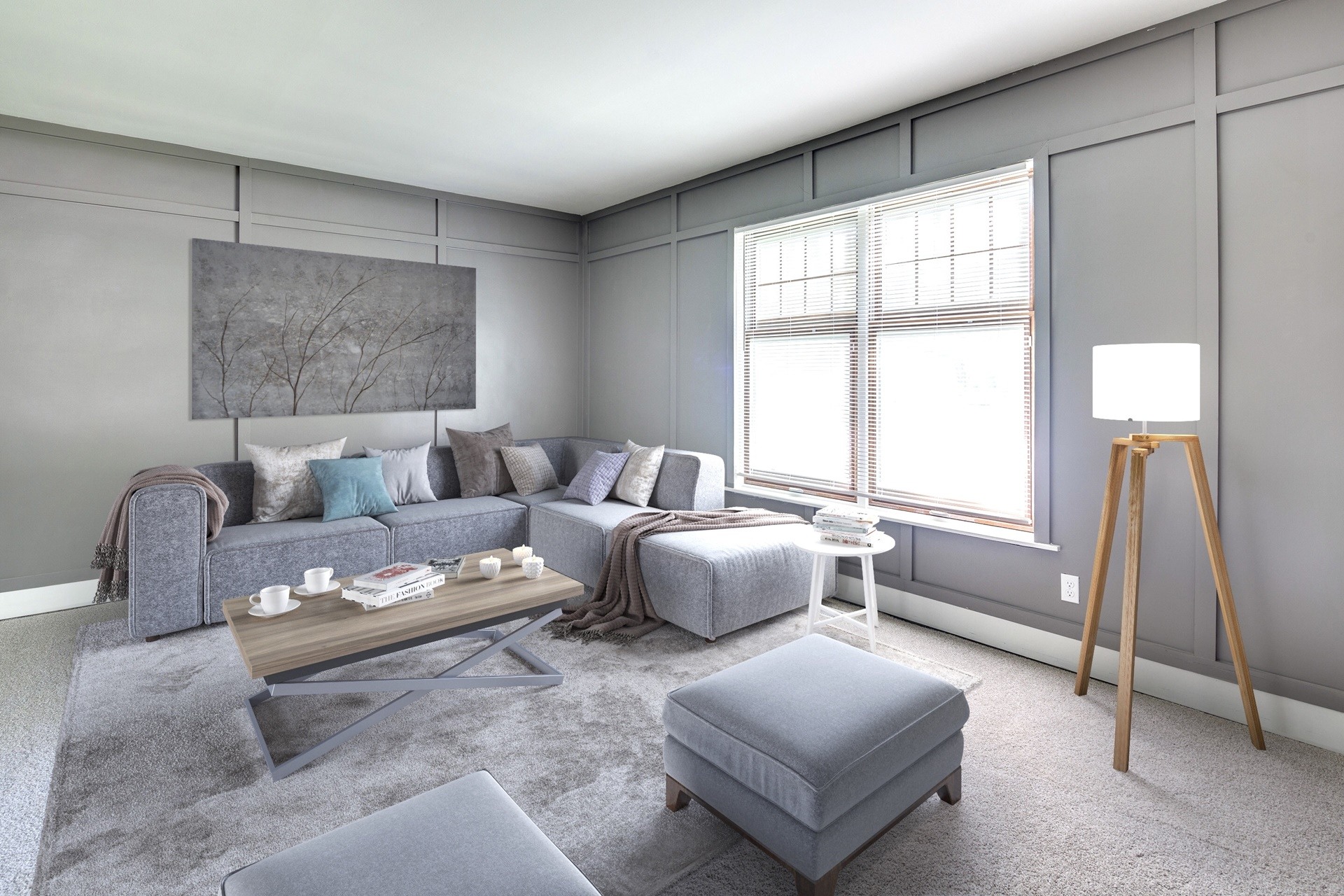Redefining Real Estate Marketing with Virtual Staging AI
As real estate continues to evolve in the digital age, the demand for innovation in property marketing has grown rapidly. One of the most groundbreaking advancements in this field is the use of Virtual Staging AI, a powerful tool that combines artificial intelligence with interior design to create visually compelling home listings. By using AI-driven technology, real estate professionals can now stage properties virtually with stunning accuracy, speed, and style—transforming the way homes are presented online.
Virtual Staging AI refers to the use of artificial intelligence to automatically furnish and decorate interior photos of vacant properties. Unlike traditional virtual staging, which often requires manual 3D modeling and human input, AI-based staging platforms can generate fully staged images in minutes using algorithms that analyze room layout, lighting, angles, and design trends. This not only saves time and money but also opens the door for scalable, high-quality staging on demand.

One of the major benefits of Virtual Staging AI is its efficiency. Real estate professionals no longer need to wait days for designers to manually create staged images. AI systems can produce multiple design variations for a single room almost instantly, allowing agents to choose the most suitable look for their target audience. Whether it’s a modern apartment in the city or a suburban family home, AI tools can match the right furniture and style to fit the space perfectly.
In addition to speed, cost-effectiveness is another advantage. Traditional home staging can be prohibitively expensive, often costing thousands of dollars, while even manual virtual staging can cost $50–$150 per room. AI-based staging services often come at a significantly lower price, making them accessible to individual sellers, small agencies, and developers working with tight marketing budgets. This democratizes the staging process and levels the playing field across the industry.
Moreover, customization and versatility are at the heart of Virtual Staging AI. These platforms often offer a wide selection of styles—from minimalist and Scandinavian to bohemian or luxury. Users can also stage the same room in multiple themes to appeal to different buyer profiles. AI algorithms learn from vast design databases and user preferences, which means they improve over time, offering smarter suggestions and more personalized output.
Despite its many advantages, AI virtual staging must be used transparently. Ethical real estate marketing requires disclosing when images have been virtually altered. Misleading potential buyers by presenting AI-generated images as real-life interiors can lead to disappointment and damage credibility. Most reputable agents label staged images clearly and provide both the original and staged versions to maintain trust.
In conclusion, Virtual Staging AI is not just a trend—it’s the future of real estate marketing. It combines the power of artificial intelligence with the art of home presentation, creating a fast, affordable, and visually impactful way to showcase properties. As technology continues to improve, AI staging tools will only become more intuitive, realistic, and indispensable. For agents, developers, and homeowners looking to make a memorable first impression online, Virtual Staging AI offers a smart and stylish solution that aligns perfectly with the needs of the modern real estate market.
Comments
Post a Comment